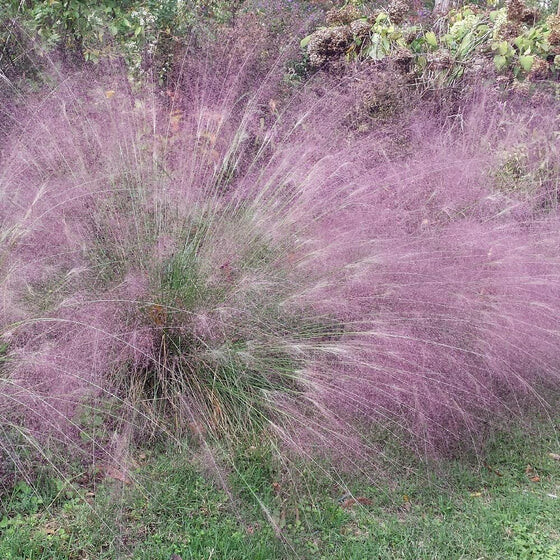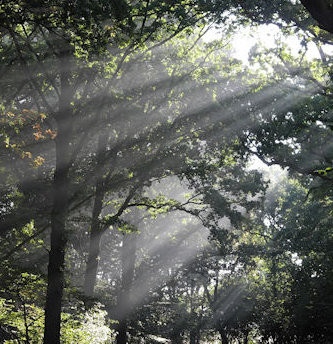Written by Don Richardson


Purple Lovegrass (Eragrostis Spectabilis)
Plant Type | Perennial Clumping Grass |
Size | 1-2’ tall, 1-2’ wide |
Sun Exposure | Full sun |
Soil Type | Acidic - Neutral |
Soil pH | 4.0-7.5 |
Bloom Time | Summer - Fall |
Hardiness Zones | 5a-11 (USDA) |
Native | Is a Florida Native |
Pollination | Self pollinates |
Edible Plant | No |
Medicinal Plant | No |
The Eragrostis spectabilis plant, otherwise known as the purple lovegrass, is a species of grass native to Australia and New Zealand. This beautiful ornamental grass has become popular in landscaping due to its adaptability and hardiness. Let’s explore some of the features that make this plant so special.
Where It Grows Best
The Eragrostis spectabilis plant is an incredibly hardy species of grass that can be found in a variety of environments. It is particularly at home in dry or desert climates, although it can also be found growing in open woodlands, coastal scrublands, and even on cliffs and rocky outcrops. This makes it an ideal choice for those looking for an ornamental grass that will thrive even with minimal water input.
Appearance and Uses
The Eragrostis spectabilis plant is known for its cascading foliage which ranges from dark green to deep purple depending on the amount of sun exposure it receives. While it generally remains compact during the summer months, after the first frost of winter it will produce a multitude of stalks up to 1-2 meters tall with flower heads up to 6 cm long throughout spring and summer. In addition to its ornamental appeal, many people also use this grass as food for grazing animals such as sheep or cattle as well as using its stems for basket weaving or making paper.
Care Tips
When planting your Eragrostis spectabilis plant in your garden, you should ensure it is planted in full sun with well-draining soil enriched with organic matter such as compost or peat moss. This grass does not require much water once established but should be watered regularly during the first two years until it is fully established. In terms of pruning, you should remove any dead foliage throughout winter before allowing new growth to occur in springtime. Additionally, if you are looking for a more uniform look then you may want to consider regularly trimming your lovegrass back by about a third when required.
Conclusion:
The Eragrostis spectabilis plant is an incredibly versatile ornamental grass that offers beauty and practicality all year round! Its adaptability makes it ideal for those looking for a low maintenance solution while its cascading foliage provides stunning visuals both indoors and outdoors alike! With proper care and maintenance this hardy species will thrive even in harsh climates without requiring much water input at all! If you are looking for an elegant yet practical addition to your garden then look no further than the purple lovegrass!
The Eragrostis spectabilis plant is an incredibly versatile ornamental grass that offers beauty and practicality all year round! Its adaptability makes it ideal for those looking for a low maintenance solution while its cascading foliage provides stunning visuals both indoors and outdoors alike! With proper care and maintenance this hardy species will thrive even in harsh climates without requiring much water input at all! If you are looking for an elegant yet practical addition to your garden then look no further than the purple lovegrass!











0 Comments